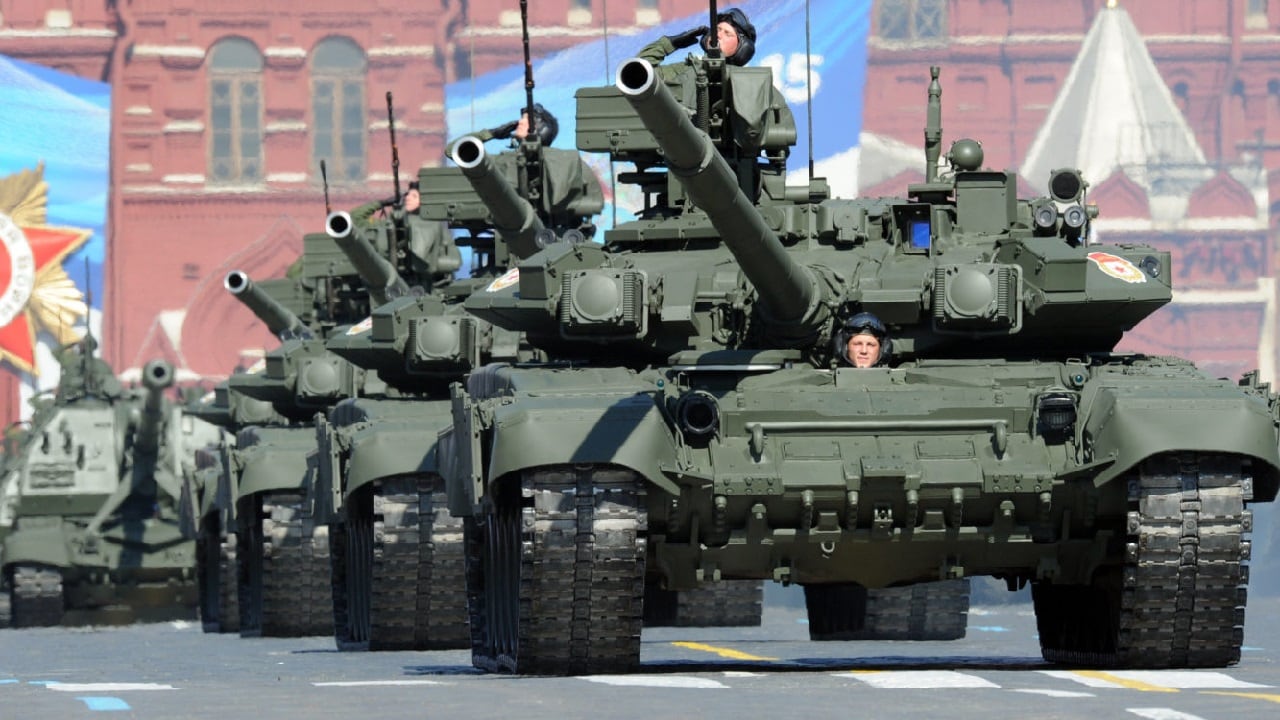Armies throughout history strove to emulate the winners of conflicts, but Israel Defense Forces leadership is carefully studying Russia’s tactics in Ukraine. What IDF leaders want to determine by studying the Russians is how not to employ tanks in a modern conflict.
The IDF is poised to launch a ground campaign into Gaza in an effort to root out Hamas. Though Israeli forces have entered Gaza in the past, the situation is very different now, due to the threat from unmanned aerial systems, loitering munitions, improvised explosive devices, and modern anti-tank guided weapons. Hamas has the backing and support of Iran, which has made significant progress in asymmetric warfare — notably in drones.
Ground Invasion Coming
As the IDF prepares for the ground invasion, its troops train in urban warfare.
For the first time since Israel’s 1982 invasion of Lebanon, the IDF’s entire armored corps has been called up. The IDF learned many of its lessons in tank warfare during the Yom Kippur War of 1973, but tank tactics have changed as much as the tanks themselves in five decades.
“We saw how the Russians fought in Ukraine and the mistakes they made,” Brig. Gen. Hisham Ibrahim, commander of the IDF’s Armored Corps, told The Economist last week. “They fought there in a single-corps fashion, instead of using combined arms tactics.”
Russia expected little resistance from the Ukrainian people, and the Kremlin failed to support its tank columns with infantry, artillery, and air power.
Ibrahim, who is overseeing Israel’s armored personnel for the upcoming invasion in Gaza, added that the IDF no longer sees tanks as being able to lead an advance and do everything — especially not against a well-defended enemy in an urban center that is fortified with underground tunnels. Hamas claims to have built an extensive 300-mile underground network that will need to be cleared out.
While Israel’s tanks cannot and will not be used in the tunnels, they’ll need to control the streets at ground level. They will face threats from above and below, and that means they will need support from infantry and other units.
“Israel’s armored corps has a different shape than it used to. We have been training in a combined-arms fashion at all levels for some years now,” Ibrahim said. “There are many challenges to these big platforms and I expect the infantry and engineers to make up for my disadvantages. Our soldiers in all the courses and exercises are now accustomed to fighting in a combined-arms environment.”
More Advanced Tanks Than What Russia Used
The IDF’s Merkava is considered among the best main battle tanks in service today. While Israel doesn’t have as many tanks as Russia, it could be argued that the Merkava is better prepared for a modern war than any Russian equivalent.
Since the introduction of the Merkava Mk I in the late 1970s, the tank has proven well suited to defending Israel’s borders and taking on its regional foes. Instead of having the engine at the rear, it was moved in front of the crew compartment, with the turret placed further back on the chassis.
Used extensively in the 1982 Lebanon War, it fought against Soviet-made Syrian T-72s in the Bekaa Valley to great success.
The Israeli tank has been steadily improved. The latest rendition, the Merkava 4, has a more powerful engine and a sophisticated active protection system for use against anti-tank missiles and rockets. As previously reported, the Mk. 4 variant comes equipped with the Trophy anti-tank missile protection system that uses radar to detect incoming anti-tank missiles.
The system also notifies the crew where a shell came from.
The Merkava Mk. 5, which began entering into service earlier this year, offers a 360-degree view using cameras mounted outside the hull. It features new sensors that let it independently acquire targets and hit them rapidly. It also is equipped with a powerful communications suite to ensure its crew isn’t caught in a “fog of war,” unaware of what might be just out of sight.
“Today’s tank can use information collected from other sources to fire on its targets and collect information itself which will be used by other sources of fire,” Ibrahim noted in his interview with The Economist.
Going into Gaza will be a tricky affair, but it is clear that the IDF has been studying Russia’s tactics in Ukraine. It’s the best way to know what not to do.
Author Experience and Expertise
A Senior Editor for 19FortyFive, Peter Suciu is a Michigan-based writer. He has contributed to more than four dozen magazines, newspapers, and websites with over 3,200 published pieces over a twenty-year career in journalism. He regularly writes about military hardware, firearms history, cybersecurity, politics, and international affairs. Peter is also a Contributing Writer for Forbes and Clearance Jobs. You can follow him on Twitter: @PeterSuciu.

